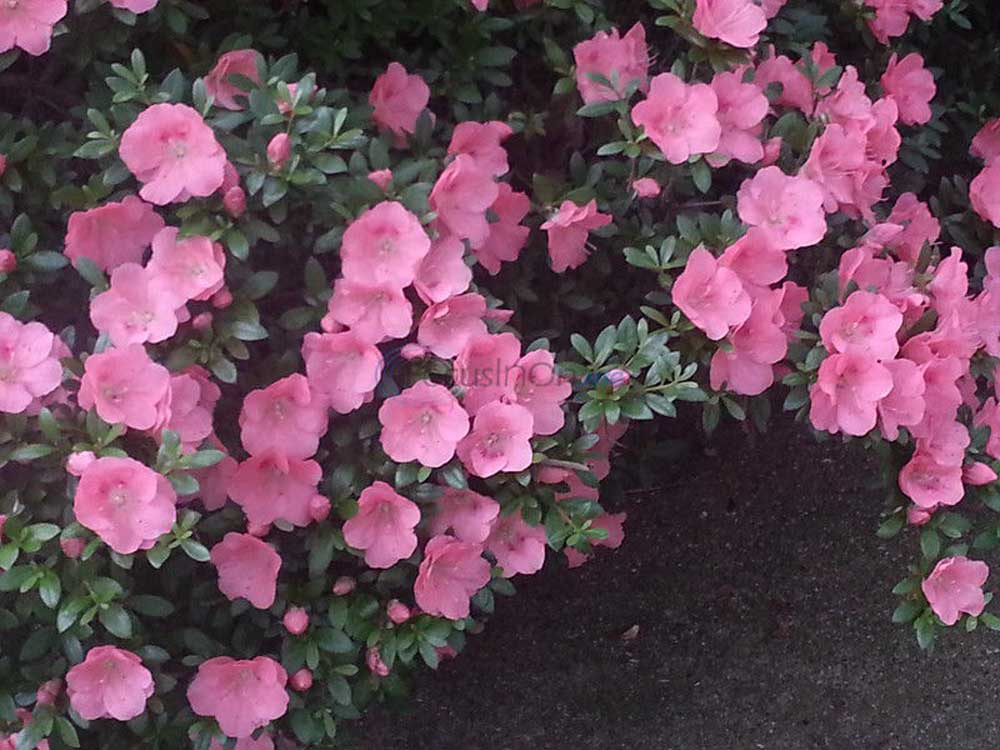Satsuki azaleas start showing color in May
Published 8:41 pm Wednesday, May 13, 2015

- Wakaebisu, A Satsuki azalea variety, is a compact grower and very heavy bloomer.
We are so fortunate to live in a region of Texas where we can easily grow all kinds of azaleas. The Tyler Azalea and Spring Flower Trail is a fine testament to how well they do here. Give them partial shade, well-drained acidic soil, supplemental watering during the drier summer months and a thick mulch over the soil, and they will perform every spring.
But, with the passing of the Trail, azalea season does not have to end. Some of finest azaleas wait until May and June to put on their floral show. There is a whole group of azaleas called Satsuki, which is a Japanese word for Fifth Month. That is when they bloom — in Japan, where they originated, and here as well.
There are hundreds of Satsuki varieties, but only a few are popular in landscapes and in nurseries. One of my absolute favorite Satsuki varieties is called Wakaebisu. It begins blooming in early to mid-May, and is a very heavy bloomer, with very large flowers. I also like it because it is a very compact grower, staying low and slowly spreading, making a great shrub for the front of the border. Low-grower, heavy bloom, evergreen — what more can you want?
I read an azalea popularity survey several years ago, and Wakaebisu was on everybody’s list of favorite pink varieties. Its May bloom is a great way to extend the azalea blooming season, and to get fantastic color in your garden in May, where it can bridge the gap while pansies and snapdragons are fading and summer annuals and perennials are gaining steam for the summer show.
A few other favorite Satsuki varieties include Gumpo, Amaghasa and Higasa.
For best results, plant them where they would get good light or even direct sun during the morning hours and then afternoon shade. If they get much afternoon sun, their bloom life will be greatly shortened.
Keith Hansen is Smith County horticulturist with the Texas A&M AgriLife Extension Service. His web page is http://EastTexasGardening.tamu.edu. His blog is http://agrilife.org/etg. Find him on Facebook at facebook.com/easttexasgardening.






